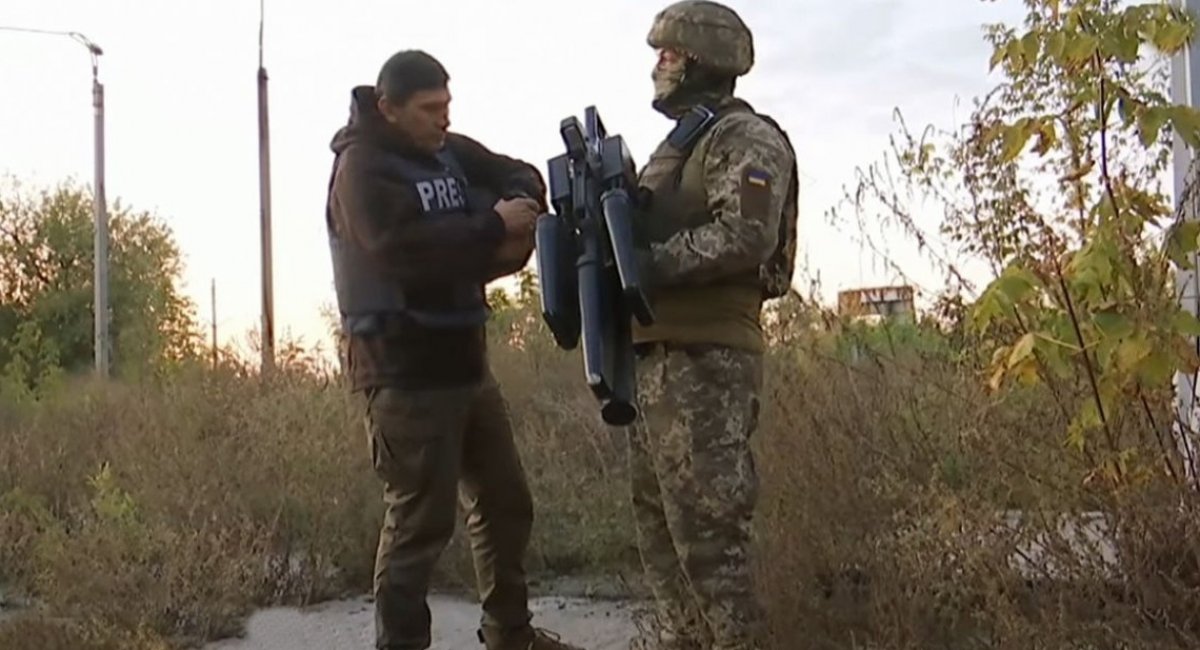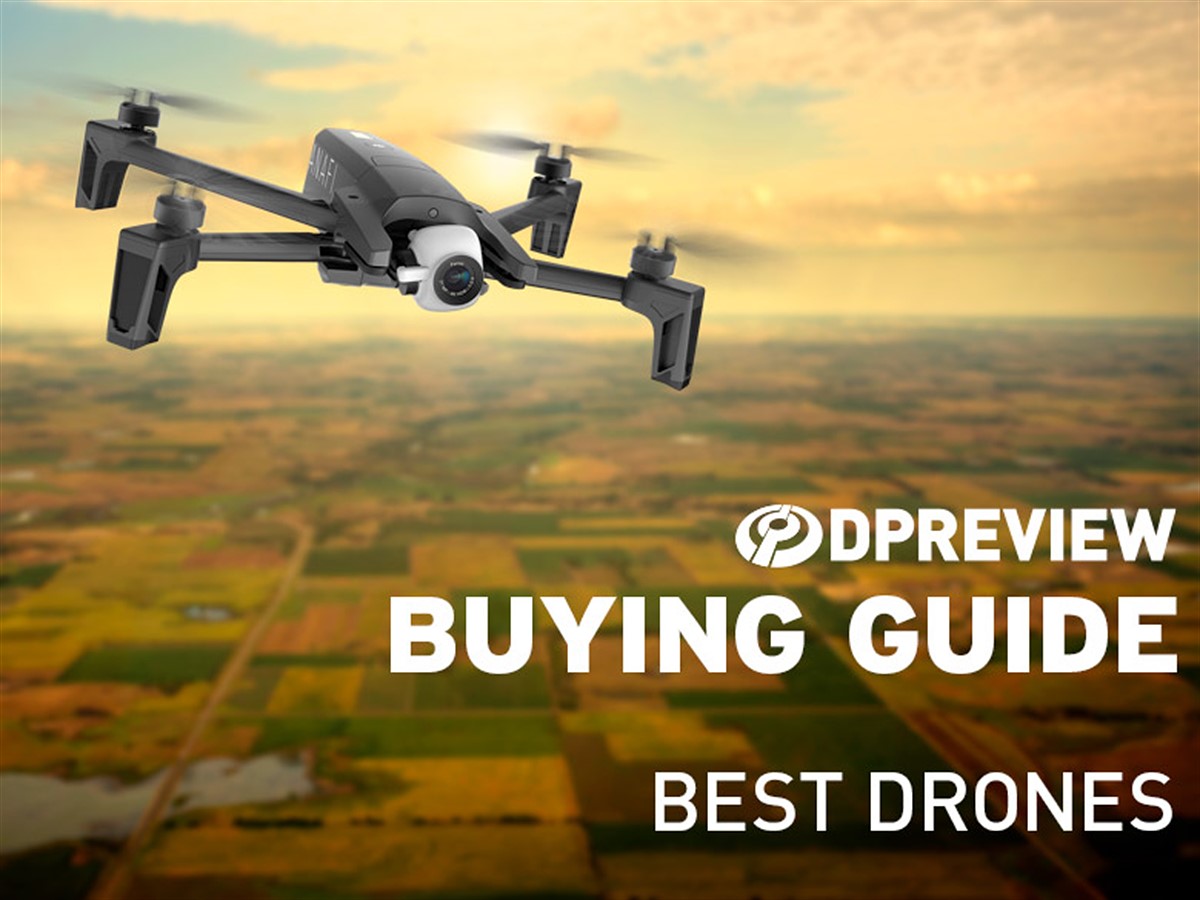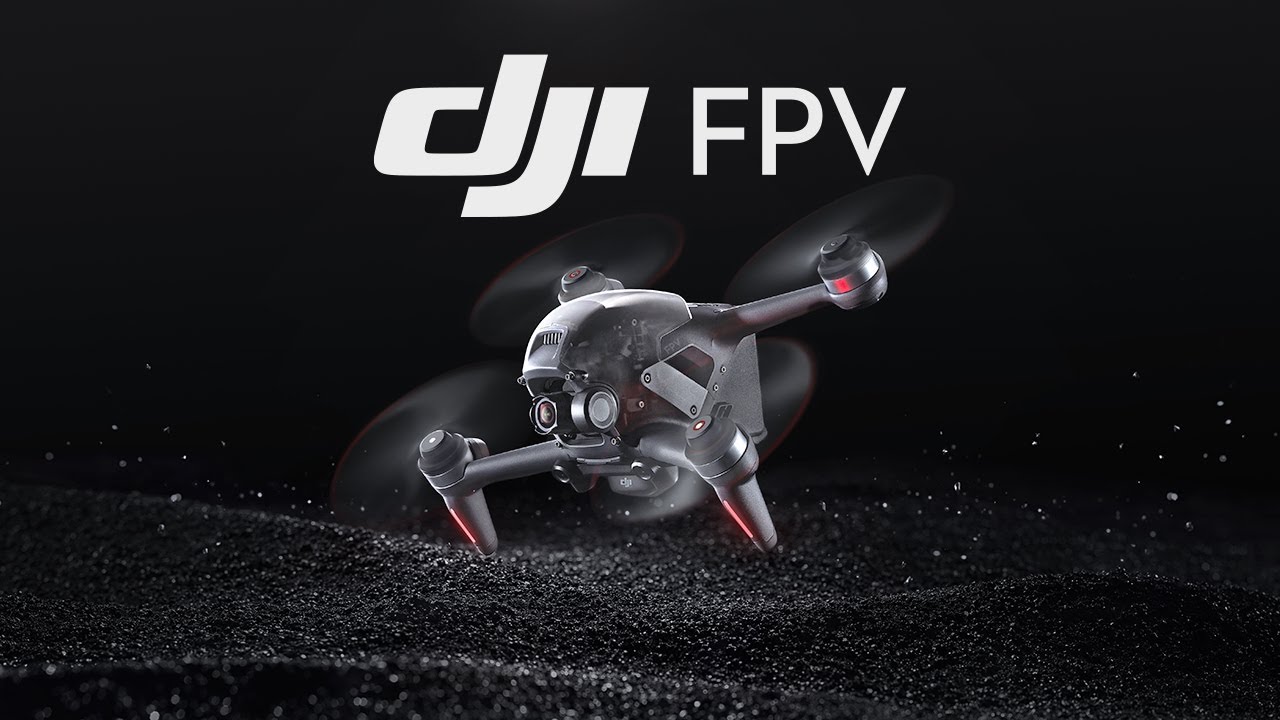
While the concept of police drones being used at night is not new it still raises many questions. The primary issue is line of sight - being able to see the drone while flying. People cannot see drones at night, so bright lights won't make any difference. As drone technology gets cheaper, better, and easier to use, police drone usage is on the rise.
Both red and blue lights
Police drones communicate with ground operators using radio frequency (RF). Police drones also come equipped with red and green strobe lighting. They usually have one solid and two flashing colors. But some drones can have other colors. The police drones' lights are designed to be visible in the dark to increase safety. Some drones include additional lights for anti-collision or navigation.
Infrared and thermal imaging cameras
HD color cameras can be used by police during the day to capture clear images. These cameras are not able to see through walls, floors, or roofs. The drone pilot may be able see through windows if they are able to control the aircraft well. However, this is not ethical.

Navigation lights
You can make your police drones attractive by attaching navigation lights. Multicolored lights and LEDs can be used to lighten the area around your drone. Before you buy any lights, make sure to research the federal and local laws. Also, understand how they interact with the drone and how to adjust them for battery life and flight time.
Radar detectors
The question on everyone's mind: will police drones show up on radar detection systems? The size, type, and location of the drones as well the detection system will determine the answer. If police drones are equipped radar detectors, this will enable them to identify them in flight before they can cause injury to anyone. If not, it may prove to be useless. These are some tips to ensure that police drones appear on radar detection systems.
Drones for commercial use that look like police drones
What do commercial drones looking like police helicopters at night share in common? They are equipped with strobe lights in red and blue. These lights not only let people know if the drone is nearby, but also indicate when it's far away. If the drone looks like a police helicopter, then it is a commercial drone, not a military drone. But there are exceptions, and drone operators must follow them.

FAQ
What is it like to travel by drone?
Drones have become increasingly popular for commercial and personal purposes. They are used to film, fly, map, rescue and search and rescue. The FAA has recently approved several new drone regulations, which include requirements for registration, licensing, pilot training, and insurance. These changes will help ensure that drones remain safe for everyone involved.
Is it legal to fly a drone in the United States?
Yes, it is illegal to fly drones in some countries like Australia, Canada and New Zealand. It is legal in some other countries, such as France and Italy, the Netherlands, Poland, Russia or Switzerland, Turkey, Ukraine, and Vietnam.
What is the maximum height you can fly a drone with no license?
The FAA has no limit on how high you can fly a drone. However, they do require you to register your unmanned aircraft system (UAS), which includes the registration number, model name, weight, size, serial number, manufacturer's name, date manufactured, and other information.
Can someone spy on your with a drone
A drone can be used to spy on anyone. You can protect yourself against drones by being aware of them and avoiding areas where they might fly. Notify 911 immediately if you find a drone in your vicinity.
Can my drone be flown around my neighbourhood?
Yes! These are known as UAVs (unmanned air vehicles). There are many options for drones, from small quadcopters to larger fixed-wing aircraft. The FAA recently updated its rules regarding commercial UAV use. You can now legally fly them to business purposes. However, be aware that flying a UAV near airports may cause interference with air traffic control systems, and you must obtain permission from local authorities before operating one.
Statistics
- Research and Markets predict a growth rate of 51.1% over the next five years. (thedroneu.com)
- According to ZipRecruiter, the minimum hourly wage of drone pilots is $20. (thedroneu.com)
- According to the multiple listing service (MLS), houses and apartments with drone photographs are up to 68 percent more likely to sell than those without pictures. (thedroneu.com)
External Links
How To
How to Fly Drones With Beginners
A drone is a remote-controlled aircraft used for aerial photography, cinematography, surveillance, scientific research, and hobby purposes. Drones are a technology that has been around since World War II. DJI introduced their Phantom series of quadcopters in 2010, but commercial use only began in 2010. Since then, there have been many different types of drones available, from beginner-friendly models like the Parrot AR Drone 2.0 to professional-grade multi-rotor craft like the DJI Mavic Pro.
You can fly a drone in many different ways, including:
-
Remote control – This is when you attach a device to your hand that allows you to control the drone's flight path. There are two main types: Joysticks (like a radio), and On/Off switches (like an alarm clock).
-
Manual Control – This method lets users remotely control the drone by using a smartphone app. You will need to keep track of where the drone is going and follow the directions from the app.
-
Autonomous Flight – This is when the drone handles all the piloting tasks. The drone is able to fly autonomously, without the need for human intervention. For the autonomous flight to occur, the drone must have a built-in camera and sensors capable of capturing images and data.
-
Triggered Flight - This method is similar to manual control, except the pilot manually sets up a preprogrammed route, and the drone follows that route until it reaches the endpoint. Once the programmed route is completed, the drone lands automatically and returns back to the base.
-
Landing Gear – A few drones come with landing gear. This allows them land safely in the event of losing power or running out of battery.
-
Goggles - Some pilots wear goggles to protect themselves from debris while operating.
-
Camera - Some drones can be equipped with cameras which enable you to capture photos from the sky.
-
Obstacles – Some drones have obstacle avoidance systems that stop them from colliding with obstacles.
-
Speed - Some drones can travel at speeds over 40 mph.
-
Battery Life - Most drones are capable of lasting between 20 minutes and three hours, depending on the power that you use.
-
Some drones are capable of traveling up to 30 miles depending upon their make and model.
-
Power source - Not all drones can use an external power source. Others can run on internal batteries.
-
Weight - Some drones weigh less than 1 pound, whereas other models weigh up to 4 pounds.
-
Size - Drones come in many sizes, from small gadgets that fit in one's hands to large craft that weigh more than 50 lbs.
-
Price - All drones fall within a specific price range, from high-end models that can cost thousands of dollars to lower-cost options starting at $100.